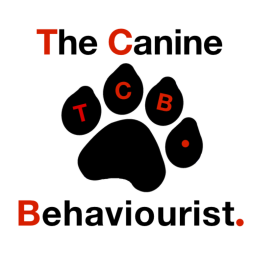A quiet approach…

My better half Sue, First in the Q, works with highly stressed people. We often discuss elements of our work. There are, often, striking similarities in how we approach humans and dogs, in my case.
Sue holds an MSc in Mindfulness and is always seeking to develop her skills further. She sent me a Youtube video to look at because it mentioned dogs. It is quite technical with its main focus on mental resilience but, the points it makes in relation to how we approach things, including our dogs is worthy of consideration. I would urge dog owners to take time to watch it. The dog bit is at 33.59 minutes in, but all of it is worth watching.
I will try to get to the point. Resilience can be described as the ability to read how our body reacts to challenge and how we manage it. This is both a physical and mental reaction. It is worth pointing out that dogs have very similar brain structures to humans. Humans will try to get their body into a safe place, both physically and mentally; we do this by adapting our response to given situations. This is of particular interest to me because I regularly meet stressed dog owners with equally stressed dogs.
For many years I have adopted an approach to stressed humans and dogs that is almost identical. I focus on keeping calm, talking softly and quietly. In relation to dogs, I usually get down low and adopt a non-threatening posture, usually crouching. Now I am experienced, so care does need to be taken. The reason I do this is to signal to the dog that I am no threat and can be trusted.
I have dealt with aggressive and frightened dogs like this for years. Owners often comment that their dog has never responded to strangers as they respond to me. They will approach me and usually take a treat from my open palm. So, am I some kind of magician? No, of course not. I do, however, understand dogs. I, instinctively, do the right things when interacting with them.
Back to the video. The two, very learned academics, experts in psychology, make some very interesting observations. Some of which help me to understand why I get the responses from dogs that I do. They talk about Neuroception – this is our nervous system evaluating risk (a process outside of our control). They also mention the importance of prosodic speech – this is the rhythm and intonation of our speech. They make the point that a quiet, soft-spoken voice, combined with facial expression can have a calming effect.
Dogs, like humans, need to feel safe. By using a soft intonation in our voice our dogs tend to feel safer and not threatened. Therefore, I tend to get a good response from dogs because of this approach. There are other elements at play but, in my view, this is very important. In fact, humans tend not to hear the words of someone that has raised their voice or is, indeed, shouting. We should not be surprised that our dogs are affected in the same way. An example – I saw a woman shouting at her dog to come. It ignored her. I had a go – adopted a gentle more quiet, rather sing-song voice the dog came to me immediately. I repeated this a couple more times. The owner was amazed.
It is possible to learn how to be calm and relaxed with our dogs and, to help our dogs to be relaxed and not frightened. Contact me here if you need help.
So, what about the dogs’ owner? I meet many people that are, clearly, nervous and, often, just stressed. They worry about their dogs:
- what will people think if they bark?
- what will people think if their dog approaches another?
- their dogs are scared – what will it do if approached?
You get the picture. The result of all this worry is a stressful experience when out with your dog. It is possible to learn how to be more relaxed when out and about with your canine friend. This is where Sue, First in the Q, comes in. She can help you learn how to be relaxed when out with your dog. You may be surprised how making a few changes can help you and your dog.
I could continue, but I will just leave you with one thought.
It is not WHAT you say
It is HOW you say it
